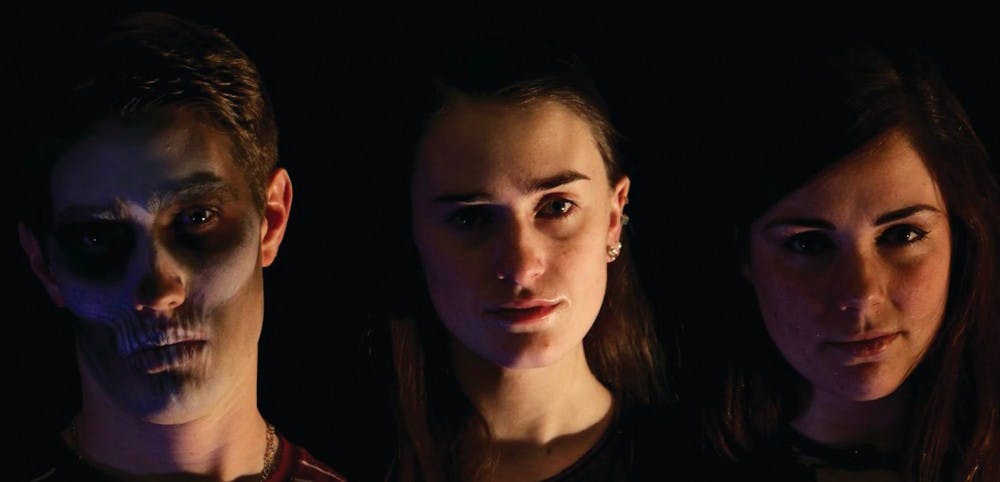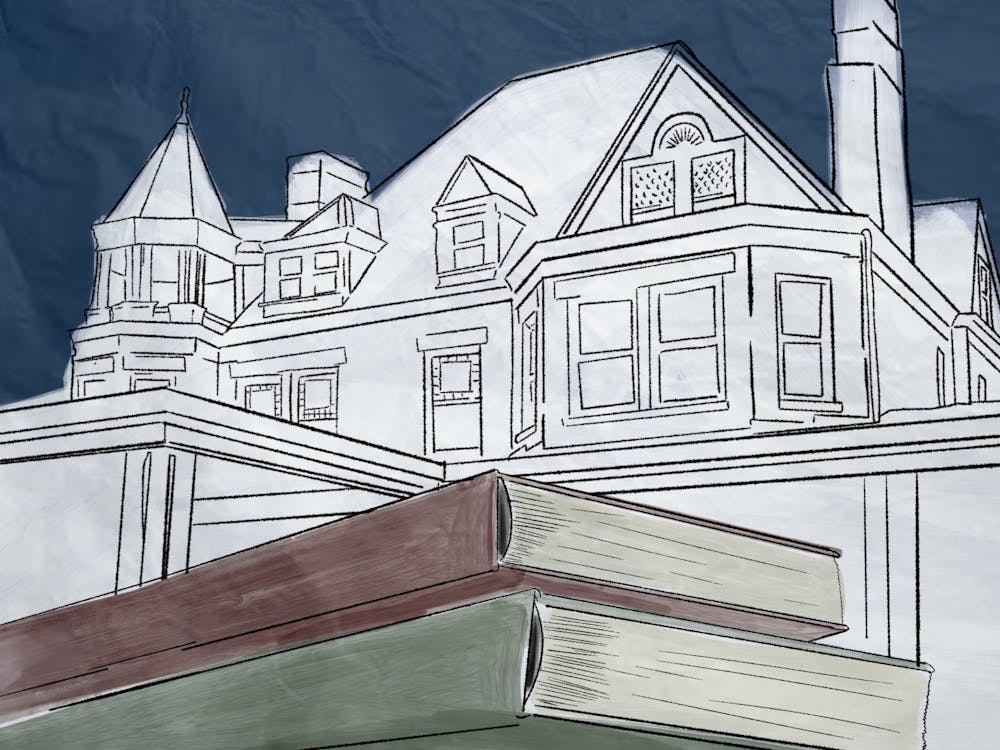Writing an un-effusive review of “Hamlet” is a little bit of a nightmare. Though writers are discouraged from superlatives, self-important purple prose and vague tangents about how a work of art addresses the human condition, shouldn’t a review of “Hamlet” be just a little tinged with purple, or at least a soft violet? How is one supposed to not call “Hamlet” phenomenal when it is, objectively, such a phenomenon?
The impulse to simply catalogue the cultural influence of “Hamlet” is powerful. Indeed, this reading has given the play such a large reputation that Shakespeare on the Lawn’s primary achievement is having defied such scrupulous “Hamlet” worship and returned it to the meaningful, relatable questions the play poses.
Director Brian Walter, a third-year College student, stressed that Shakespeare on the Lawn’s interpretation was more centered on the cast and crew’s impressions of “Hamlet” than on previous interpretations.
“As opposed to saying, ‘Oh, I want to do “Hamlet” like Benedict Cumberbatch’ or ‘I want to do “Hamlet” like Kenneth Branagh,’ I want to make “Hamlet” part of who I am and make the characters more human by doing that,” Walter said.
The personalization of this approach emphasized the play’s moral nuance. Walter noted his production did not restrict its attention to the character Hamlet, but attempted to develop a number of the key characters.
“This production focused on the relationships between characters and really humanizing these characters in a way that a college audience can relate to,” Walter said.
Perhaps the greatest and most surprising impact of this approach was the characterization of Claudius. Directly after the intermission, Hamlet (first-year College student Hannah Kirk Nass) and Claudius (fourth-year College student Carter Wilson) exchanged monologues: Claudius in tormented prayer, “My words fly up, my thoughts remain below,” and Hamlet resolves not to kill Claudius and send him to heaven.
Kirk Nass and Wilson delivered their monologues so powerfully that the audience questioned their preconception of the Hamlet-Claudius conflict as nothing more than a morally-unambiguous precursor to the Simba-Scar conflict.
Kirk Nass — a female — portrayed such an apprehensive, mercurial and frenetic Hamlet that the audience nearly forgot about the character’s original male gender, as the production intended. Walter explained, “[This is] not a heavy-handed attempt to make a huge statement about gender politics.”
Hamlet’s personality did not monopolize the audience’s attention. University alumnus Vincent Barbatti drew plenty of laughs as a staid Polonius, and first-year College student Jane Purnell’s Ophelia convincingly deteriorated from a carefree teenager to an abused maniac. All the characters were given space to develop and, for this reason, the play ran almost three hours, including intermission.
It was an immersive three hours, even though the play was in a black-box setting with unornamented costumes. The audience was forced to confront the questions which “Hamlet” poses head-on, freed of the play’s cultural baggage. The production left the audience intermittently surprised, amused, haunted and confused. It performed culture’s highest function: making questions about the meaningfulness of friendship, betrayal, love, lust, family, life, death, responsibility and existence relevant.





